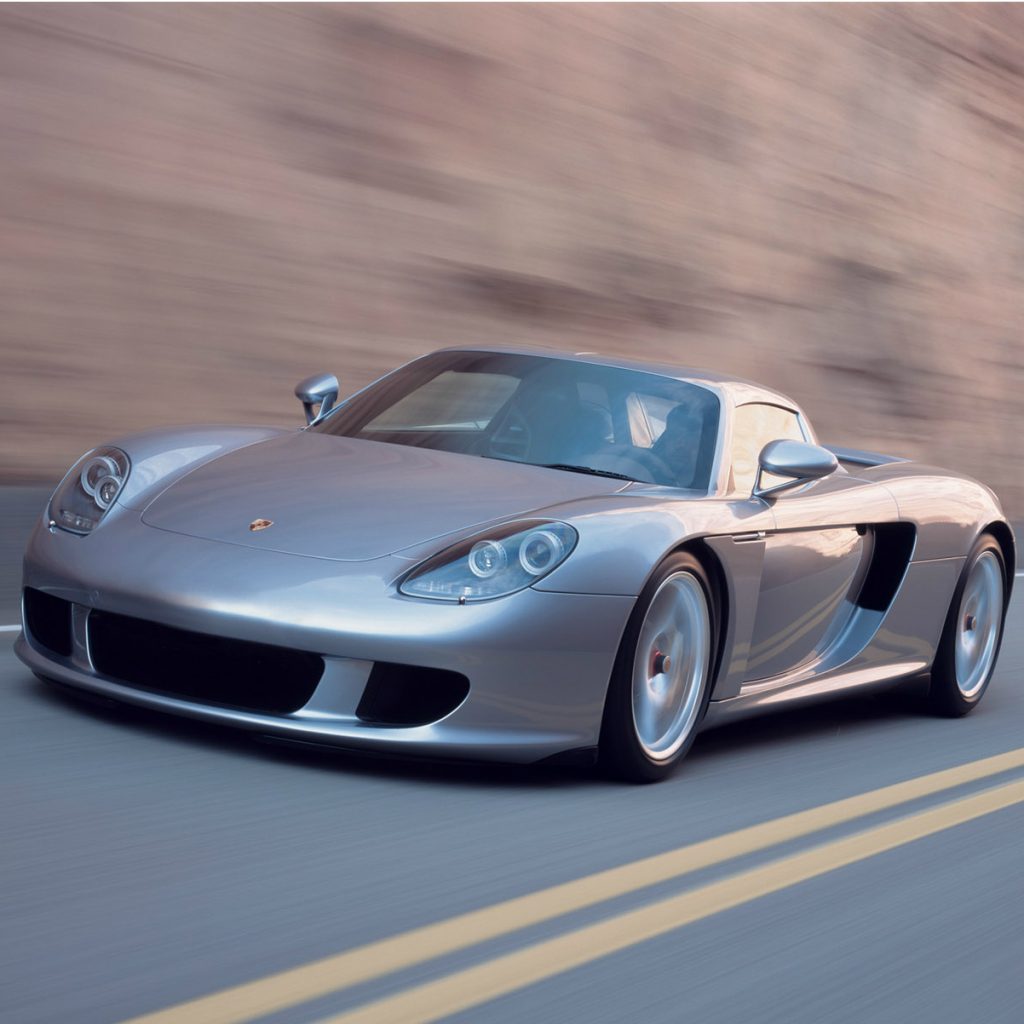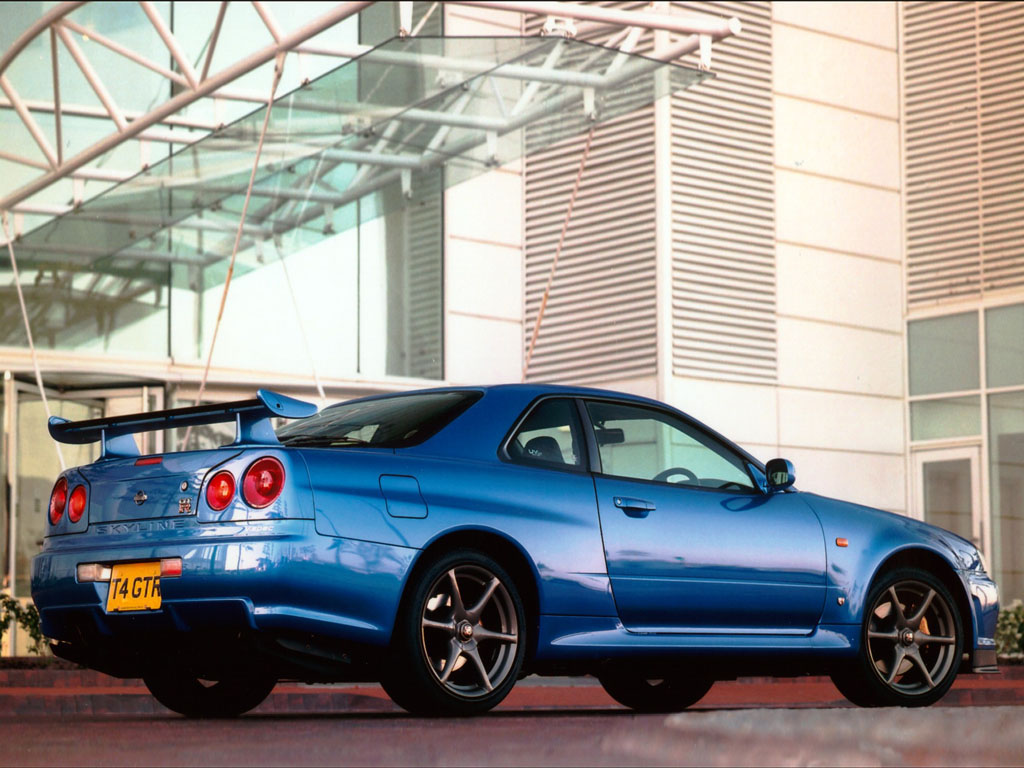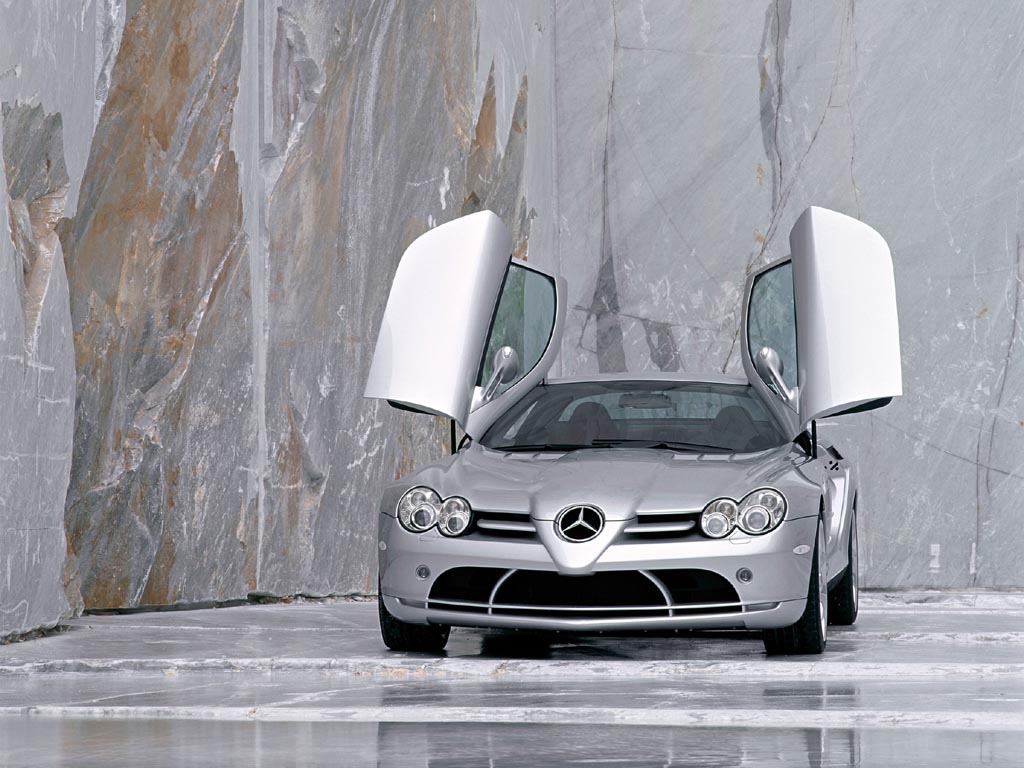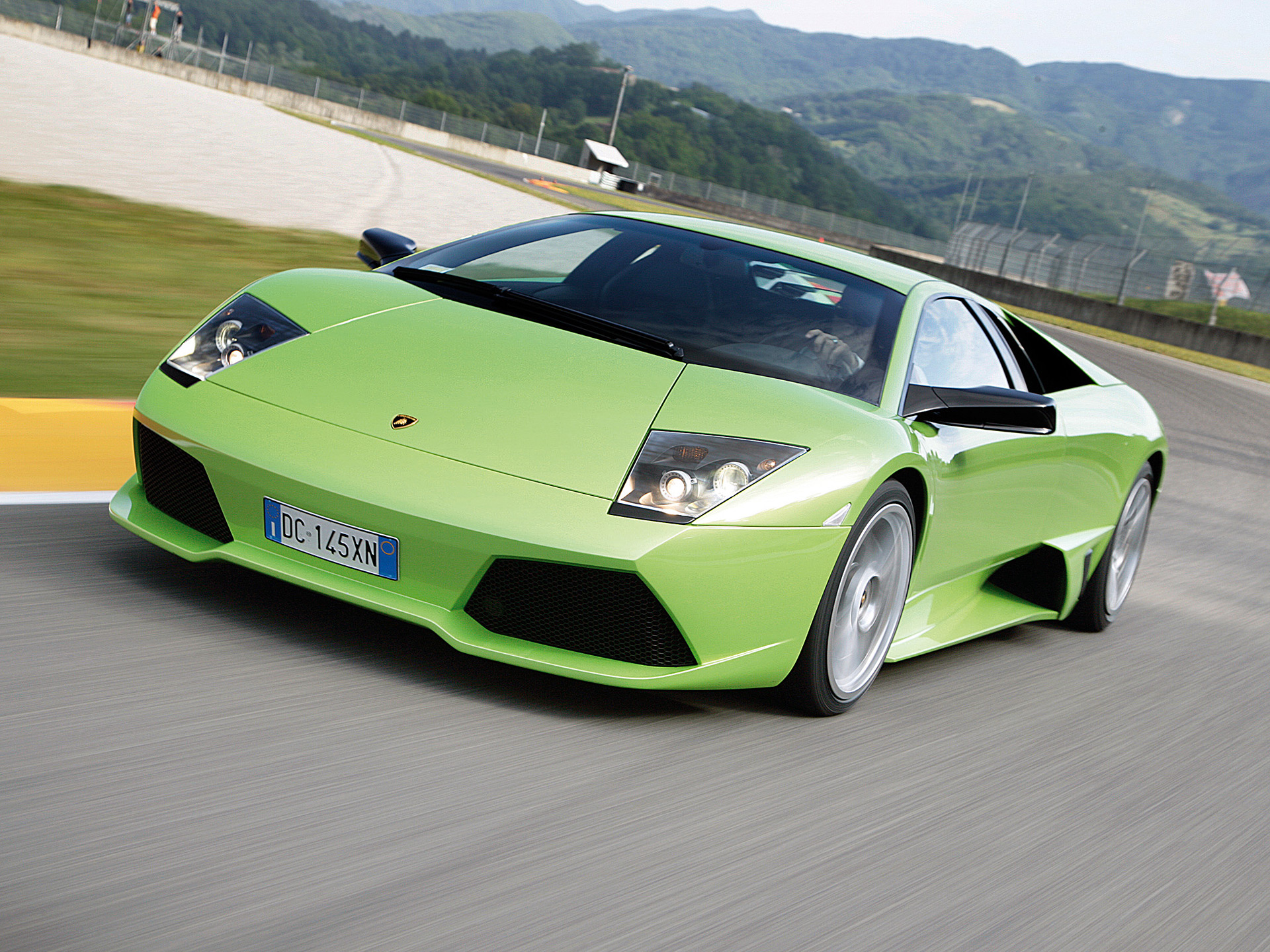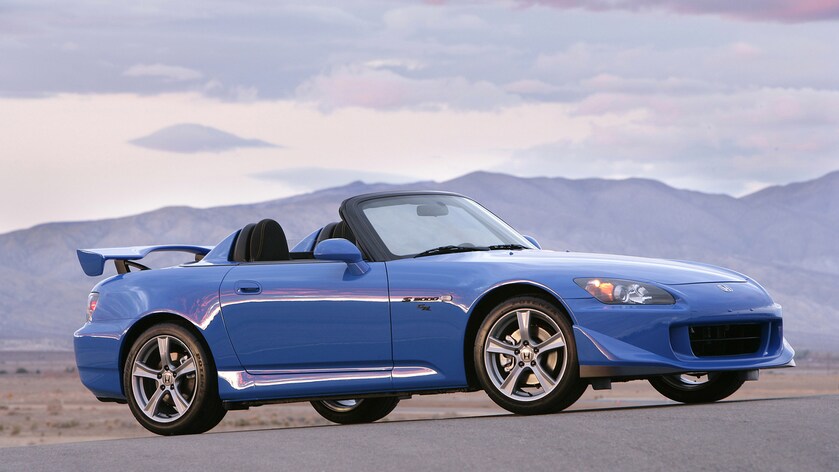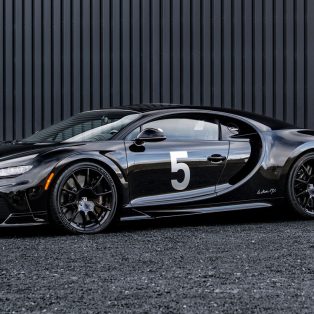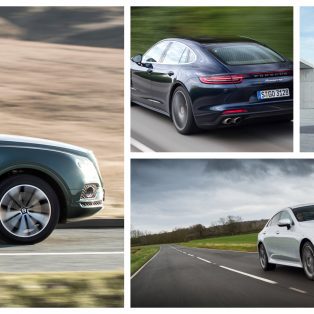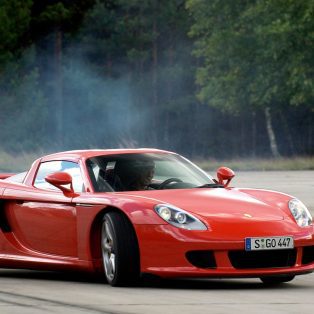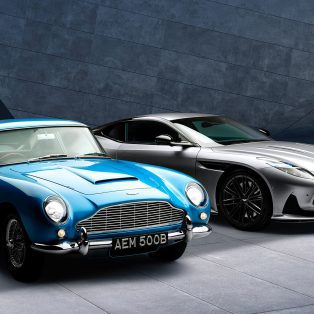The turn of the millennium was an exciting time for so many reasons, and this too was certainly the case for the automotive landscape. Many regard the 2000s as a golden era for cars; a time when the collective industry seemed to achieve this perfect blend of technology, design and purpose. These days, performance is more accessible than ever and in some ways styling has evolved for the better as well.
But there remains something to be said about simpler times, especially when one begins to reminisce about a world without self-driving cars and the once greater acceptance of beauty standards that were measured through the ‘eye-of-the-beholder’. So many cars from this decade managed to carry themselves with an air of class and elegance, without needing to be haute or obnoxious. Affordable grassroots automobiles could muster up as much charisma and garner the same levels of admiration as the unpretentious (relative to today’s standards), yet objectively beautiful supercars of the day. This really wasn’t all too long ago, just thinking about it.
We’ve compiled a list of cars, which we believe, represent the pinnacle of beauty from this decade. While our selection will lean towards aesthetic power, you can expect an overlap with our other “Best of 2000s” special lists on supercars.net – particularly our “Best Sports & Performance Cars From The 2000s” and “The Greatest Supercars Of The 2000s” lists.
After all, there is as much beauty in function as there is in form.
Here’s the shortlist of 10 such cars, which we have curated:
Porsche Carrera GT
The Porsche Carrera GT has become one of the most iconic and sought after Porsche models in the realm of exotic car idolization and ownership. It was a mid-engined V10 hypercar – one of the first to be considered a step beyond supercar status – and introduced a variety of industry-first technologies and features to the production car market.
On the outside, there is nothing to suggest that the Porsche Carrera GT should be anything but a purpose-built super/hyper sports car. The silhouette of the car is a properly executed amalgamation of sleek and muscular features which certainly feels applicable to the Carrera GT’s overall demeanor. From the front particularly, the car is still undeniably a Porsche, with its headlights paying tribute to the Porsche 917 – the first Porsche race car to win at Le Mans. The bulgy front fenders extend across the doors and connect to the rear haunches of the car, which then blend into its extroverted rear deck finished off by the large, retractable rear wing.
The double-clamshell engine lid conceals the 5.7L power plant while complimenting the two roll hoops it sits purposefully behind. The windshield and windows are designed to provide maximum visibility to the driver from all angles. The cockpit of the Carrera GT is relatively understated but still more than adequately appointed with its perfect blend of functionality, elegance, and convenience. The center console inclines at a sharp angle towards the front dash, and is fully made from carbon and bolted to the chassis of the car to promote rigidity and safety.
Mounted near the top of the center console, is one of the Carrera GT’s most quintessential features – its ergonomically located manual gearbox fitted with a laminated birchwood shift knob, which pays tribute to the heritage of Porsche motorsport.
Ford GT
The Ford GT is the American Beauty; the one true supercar to hail from west of the Atlantic and proof that exotics cars weren’t exclusively an Italian delicacy. Released at the 2002 North American Auto Show, Henry Ford II was proud to show off a modern-day version of Ford’s most successful endurance racer. A month after the release, Ford announced the Ford GT would be put into production and with a price ‘around six figures’. The waiting is now over, Ford have released official details of the production version.
The Ford GT supercar’s design instantly stirs up images of the glorious Ford GT race cars from the 1960s. Yet a new presentation features all-new dimensions and a contemporary, striking interior – as well as epic engineering stories of how high-tech methods helped preserve a classic form.
Interior comfort considerations had two effects on the exterior styling of the Ford GT. To increase passenger headroom, the engineering team wanted to raise the roof height. However, the design team felt the low profile was an essential aspect of the Ford GT design. The engineers and design team fought for each millimeter, finally agreeing to raise the roof 17 millimeters above that of the concept.
“As a race car, the original Ford GT didn’t have an interior design to speak of” says Pardo, Ford GT Chief Designer. “They featured two seats, a steering wheel, a few toggle switches and lot of bare metal. That’s it. As such, the interior of the Ford GT is the biggest deviation from the vintage cars. ‘The passenger cabin of most modern cars is isolated from the engine” Pardo elaborates. “But, in the Ford GT, the supercharger is right there, inches behind your ear. It creates an intimate relationship with the engine, more like a motorcycle than a car.”
Ferrari Enzo
Named in honor of the company’s founder, the Enzo is one of a limited series of road cars including the 288GTO, F40 and F50. These cars represent Ferrari’s continuing desire to produce the most exclusive and technologically advanced road car. Pininfarina and Ferrari have a close relationship which started with the 1951 212 Inter Barchetta. Since that time, Pininfarina have styled most road-going Ferraris including the Enzo, which was their most radical design to date.
Pininfarina’s form combines complex detail with a clean and balanced overall shape. Aggressive lines adorn the exterior which include an interpretation of the Formula One nose, to which the Enzo owes it’s technology. These styling cues break ground in the area of design and will be copied both in future super cars and future Ferraris. Unlike the F40 and F50 which came before it, the Enzo is devoid of any rear wing. The absence of the rear wing was possible due to the underbody at the rear of the car which includes two large diffusers. These diffusers generate sufficient down force to replace a drag-heavy rear wing. Further active aerodynamics help the Enzo maintain stability at all speeds. An adjustable rear spoiler and adjustable front flap allow for either high load or high speed aerodynamic setup.
During a period of great achievement for Ferrari, the Enzo reflects victories which include four consecutive F1 championships. No doubt, Enzo Ferrari himself would be most proud of this limited series named in his honor.
Aston Martin DB9
James Bond. 007. Is there any other car in the world that is more synonymous with one thing, than the Aston Martin DB9? Probably not. Suffice to say, this British grand tourer was able to match the suave levels of its most famous driver, and then some. Succeeding the DB7, the Aston Martin DB9 debuted at the Frankfurt Motor Show in 2003. The first cars in the series boasted a 5.9L V12 producing 444 horsepower; this made a 0 to 60 mph acceleration time of just 4.8 seconds possible. The maximum speed was set at 299 km/h although some have claimed it can be pushed beyond 300 km/h.
The Aston Martin DB9 is a modern interpretation of a traditional Aston Martin sports car, representing a contemporary version of classic DB design elements and characteristics. “Aston Martins are not edgy cars – they don’t have sharp surfaces or pronounced power domes” said Hank Fisker, Director of Design. “The bodywork is elegant and gently curved, like a supremely fit person, with great muscle tone. But it is not like a body builder, who is bulky and out of harmony.”
The side profile is very clean, with a single-sweep roofline. There is a pronounced boot – a noticeable feature of the DB4 and DB5 – and the haunches on the rear wings are wide and curvaceous. The aluminum bonnet runs all to the way to the leading edge of the car. “This accentuates the length of the bonnet and the power of the car” says Fisker. All front cut lines emanate from the grille. The DB9’s bumpers are invisible. The front number plate is part of the crash structure and computer modelling has enabled Aston Martin to use invisible -hard pressure zones- to cope with bumps.
Nissan Skyline GT-R (R34)
As far as pop culture icons go, the Nissan Skyline GT-R has cemented a reputation as one of the world’s most revered automobiles. Whether you’re a young teenager who has only been able to experience one through your favorite video game, or a wealthy car collector looking to add a unicorn to your garage, the R34 (1998-2002) GT-R in particular, checks everyone’s boxes. Some would argue that the Skyline GT-R only gained international recognition thanks to the “Fast & Furious” movie series, but those into JDM car culture or motorsport were well aware of “Godzilla’s” credentials well before the silver screen event.
The Skyline GT-R produced 280 hp (which could easily be tuned to much, much more) from a twin-turbocharged RB26 engine and featured an all-wheel drive system with HICAS, allowing it to become a dominating force on both circuits and mountain roads alike. Every aspect of the Skyline GT-R, from the aerodynamics to body rigidity, has been fine-tuned through competitive racing and 11 years of intense testing, producing one of the best race-bred coupes ever made.
Style-wise, the R34 GT-R is Japanese automotive perfection – the quintessential packaging of radical performance, timeless appearance and undeniable charisma. Relatable, and within the realm of most people’s aspirations of ownership (at one point in time), the Skyline GT-R quickly became the Japanese people’s sports car, and eventually the de facto representative of the JDM movement which swept across North America and shaped its automotive culture almost singlehandedly. This is all the more impressive when considering that the Skyline GT-R was never available brand new within US shores.
Mercedes-Benz SLR McLaren
“Gullwing”. The pinnacle of Mercedes-Benz design and engineering prowess. A contemporary interpretation of stylistic elements lifted from the original SLR and design details taken from the 2003 Formula 1 Silver Arrows, allow the 21st-century SLR to form a bridge between the past and the future, bringing cutting-edge motorsport technology to the road, just as the inspirational SLR Coupe did in 1955.
This super sports car allowed Mercedes-Benz and its Formula 1 partner McLaren to showcase their collective experience in the development, construction and production of high-performance sports cars. This combination of knowledge and expertise is evident not only in the host of pioneering developments, impressive performance figures and superior driving characteristics of the SLR, but also in the extremely high levels of safety and practicality which it offers.
These attributes come together to form the basis for an automobile with a very special charisma – an impressive synthesis of Mercedes tradition and innovation in every respect. High-tech materials from the field of aeronautical technology make their debut in a series-produced car here: carbon fiber is used for manufacturing the body, lending it its low weight and an exemplary rigidity and strength previously only achieved in Formula 1 race cars. The crash safety standards achieved using this innovative material are equally high.
BMW Z8
The new millennium super roadster: The BMW Z8. With breathtaking looks and classic proportions, the BMW Z8 was presented the beginning of 2000 as the latest addition to the portfolio of sporting two-seaters. The Z8’s appearance is as equally thrilling as its trendsetting chassis structure, this being a self-supporting aluminum frame called ‘space frame’.
This is wrapped in a sleek body shell featuring screw-on components. Under the bonnet there is a high-performance V8 sports motor displacing five liters. Impressive power of 400 bhp is transmitted to the wheels by a six-speed transmission.
Today, the BMW Z8 has become a bit of a unicorn car with a cult following of wealthy collectors. Most examples are going for around US$250,000 on the used market – almost double the brand new MSRP.
Honda NSX (NA2)
When the NSX was first introduced to the world in 1990, it sent shockwaves throughout the automotive dimension, pioneering an unprecedented amalgamation of characteristics and engineering principles. At a time when the words ‘supercar’ and ‘reliability’ couldn’t be spoken in the same sentence, the formula Honda used to create the NSX resulted in a vehicle that was truly unique for its time – it had all of the desirable characteristics of a supercar, but was packaged with the same reliability, build quality and sensibility of a Honda Accord.
By the time the new millennium had rolled in, the NSX had become a classic but aging beauty. In 2002, the car got a makeover which included some much needed aesthetic updates to modernize it. Fixed headlights to replace the pop-ups, along with more streamlined front and rear fascias, and larger wheels, ushered in a new era for the original NSX, dubbed NA2. Shortly after the facelift, Honda released a Type-R version of the NA2 NSX which was exclusive for MY2002 and for the Japanese market only – just like it did for the NA1 NSX in 1992. By this time, the Type-R moniker had become the official signature of ultimate Honda road car performance, and the 2002 Honda NSX Type-R (officially abbreviated to NSX-R on this occasion), certainly lived up to its badge.
Lamborghini Murciélago
The Lamborghini Murciélago is a superlative car with a mechanical structure that requires no gimmickry. The styling reflects this with a silhouette free of any superfluous ornaments or embellishments. Pure, simple, and mostly-straight lines are all that is offered; the result is a definitively trapezoid-shaped car which lends styling cues from the previous Lamborghinis, and then combines them with better performance and more superior drivability than ever before.
One highlight of the car is the two rear wings which seamlessly pop up for engine cooling. Not only does this increase the aesthetic value of the car while at a standstill, it also functions as a dynamic system for cooling efficiency. It truly is the ultimate expression of the Lamborghini marque – thoroughbred performance with dynamic features that add to a clean and elegant styling. Suffice to say, its lives up to its namesake, with the Murciélago said to be the strongest fighting bull of all time.
Honda S2000
For many years, Honda’s beloved roadster held the distinction of producing the most hp per liter of any car on the planet, via its F20C engine. Despite being a convertible, the S2000 is renown for its rigid chassis which helps to provide one of the most raw driving experiences one can have in a production road car. The slick 6-speed manual – the only choice of transmission – was a perfect match to the car’s 2.0L VTEC powerplant which produced 240 hp and revved all the way up to 9,000 rpm.
The s2000 cuts a sharp-looking roadster figure with sensual proportions, thanks to its super long front hood and truncated rear. Clean lines are expressed through its no-nonsense design, and have gone on to be attributed with the car’s ever-increasing character and timelessness. While the S2000 is unapologetically a convertible, I think that the car looks especially good with the optional OEM hard top (along with a variety of aftermarket options).
Later variants of the S2000 featured a strokered 2.2L engine which delivered more power in the lower rev-range and had slightly shorter gearing to improve acceleration. The Honda S2000 embodies everything that is awesome about a naturally-aspirated sports car that is built around the driver; and now, many enthusiasts and collectors alike are seeking to own their piece of its brilliant history.





